Dominating the courthouse square in downtown Lahaina is one of the most remarkable aboreal specimens. One quarter of a mile in circumference, its octopus-like limbs stretch outward, spreading a vast network of branches, leaves and aerial roots towards the streets and buildings surrounding it. Extraordinary, almost surreal, it seems more like a fantastic prop from a Tim Burton film than a organism in real life. How did this giant come to lay its roots in this tiny port of Lahaina? Here’s the story:
On April 24, 1873, to honor the 50th anniversary of the first Protestant mission in Lahaina, which was started at the request of Queen Keōpūolani, the sacred wife and widow of King Kamehameha the Great, Sheriff William Owen Smith planted the exotic Indian Banyan. At the time it was only eight feet tall.
After settling in, the tree slowly sent branches outward from its trunk. From the branches, a series of aerial roots descended towards the earth. Some of them touched the ground and dug in, growing larger until eventually turning into trunks themselves. Over the years, Lahaina residents lovingly encouraged the symmetrical growth of the tree by hanging large glass jars filled with water on the aerial roots that they wanted to grow into a trunk. In time, what was once a small sapling matured into a monumental behemoth.
It now stands over 60 feet high, has 46 major trunks in addition to the massive original and shades nearly two-thirds of an acre. Maui County Arborist Committee carefully maintains the health and shape of this majestic tree. It is the largest banyan tree in the entire United States. In recent times, the courthouse square was renamed “Banyan Tree Park” in its honor. Lahaina Restoration Foundation takes care of the park grounds.

Lahaina Banyan Tree – 1908
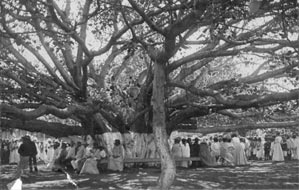
Lahaina Banyan Tree – 1908
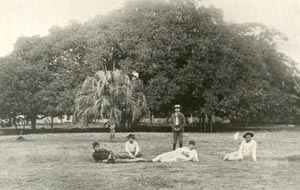
lahaina-banyan-tree-recent
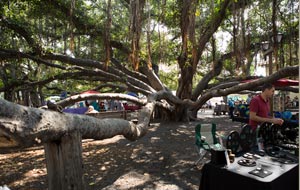
Over the years, the Lahaina Banyan Tree has come to serve many functions. First of all, it’s a great place to relax. Several benches are scattered under the large canopy to rest tired feet after a long day of sightseeing and shopping. It’s a favorite for taking photos. The long, undulating branches and stringy roots make for interesting backdrops. On the weekends, local artist and crafters set up tables and booths to display and sell their works from 9 a.m. to 5 p.m. Often, you can enjoy live music, hula and other cultural dances on stage in the park.
“The places in the garden where I find myself lingering and staring with unsoundable pleasure are those where it looks to me as though, with the shafts of light reaching and dividing through the trees, it might be deep in the forest.”
–W.S. Merwin



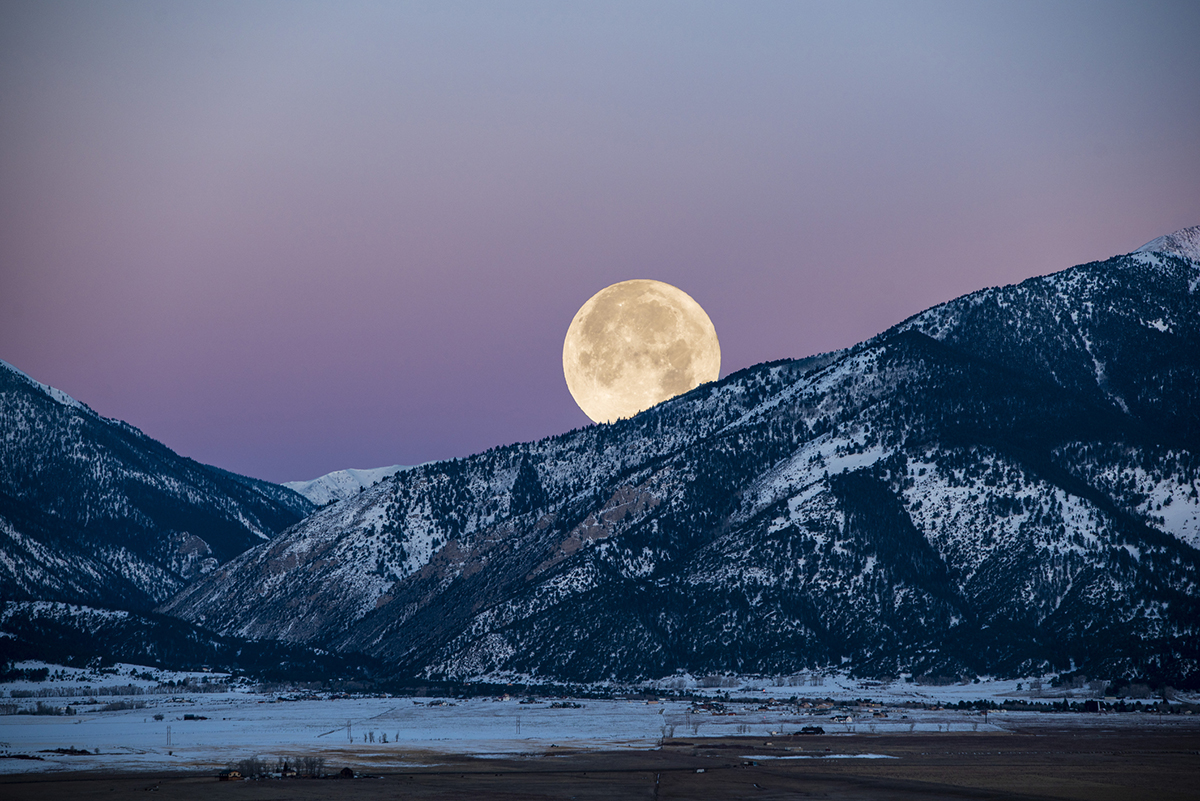


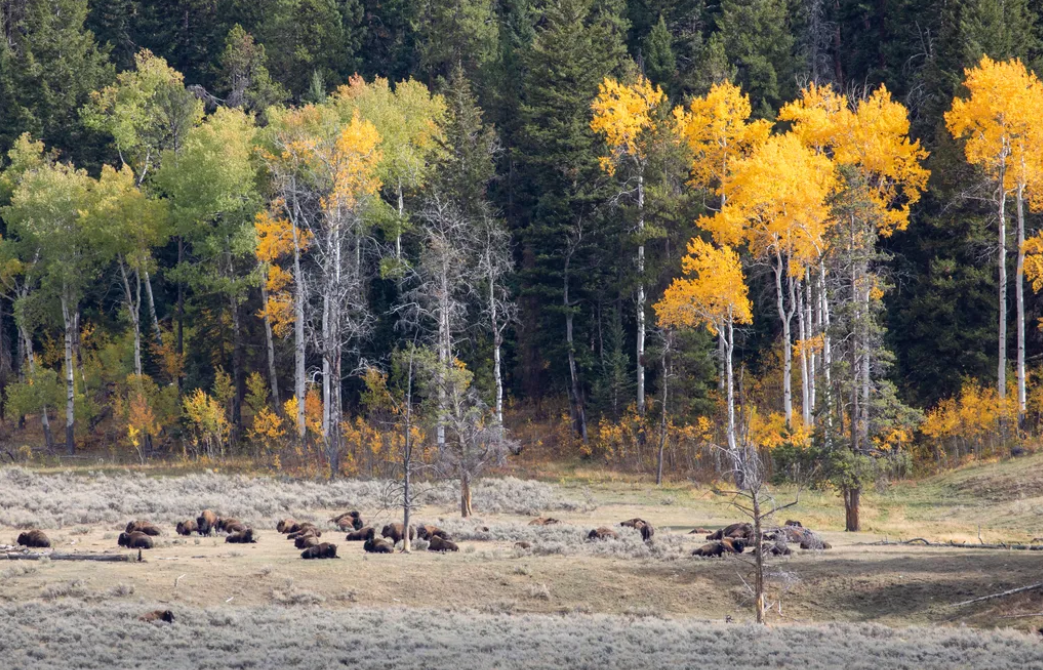

 Photographer Finds Locations Of 1960s Postcards To See How They Look Today, And The Difference Is Unbelievable
Photographer Finds Locations Of 1960s Postcards To See How They Look Today, And The Difference Is Unbelievable  Hij zet 3 IKEA kastjes tegen elkaar aan en maakt dit voor zijn vrouw…Wat een gaaf resultaat!!
Hij zet 3 IKEA kastjes tegen elkaar aan en maakt dit voor zijn vrouw…Wat een gaaf resultaat!!  Scientists Discover 512-Year-Old Shark, Which Would Be The Oldest Living Vertebrate On The Planet
Scientists Discover 512-Year-Old Shark, Which Would Be The Oldest Living Vertebrate On The Planet  Hus til salg er kun 22 kvadratmeter – men vent til du ser det indvendigt
Hus til salg er kun 22 kvadratmeter – men vent til du ser det indvendigt  Superknepet – så blir snuskiga ugnsformen som ny igen!
Superknepet – så blir snuskiga ugnsformen som ny igen!  Meteorite That Recently Fell in Somalia Turns Out to Contain Two Minerals Never Before Seen on Earth
Meteorite That Recently Fell in Somalia Turns Out to Contain Two Minerals Never Before Seen on Earth  Nearly Frozen Waves Captured On Camera By Nantucket Photographer
Nearly Frozen Waves Captured On Camera By Nantucket Photographer  It’s Official: Astronomers Have Discovered another Earth
It’s Official: Astronomers Have Discovered another Earth 